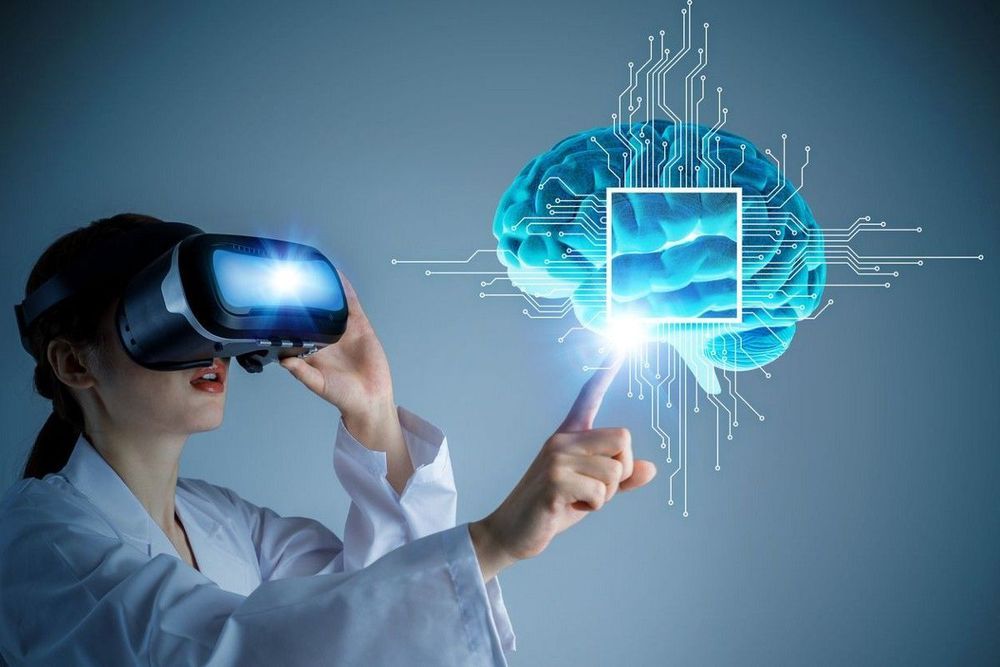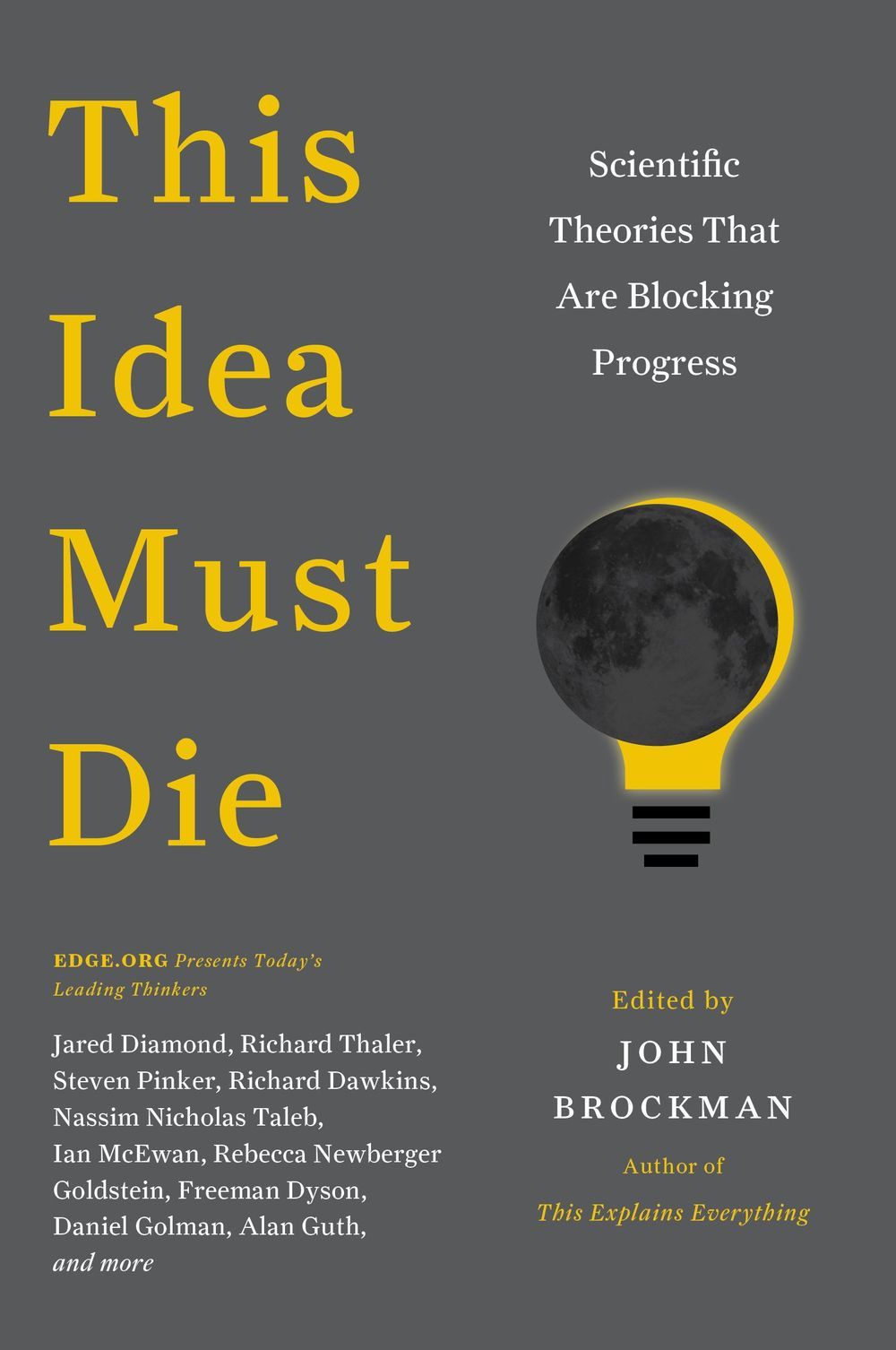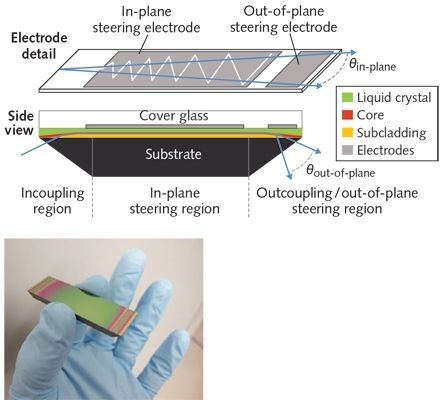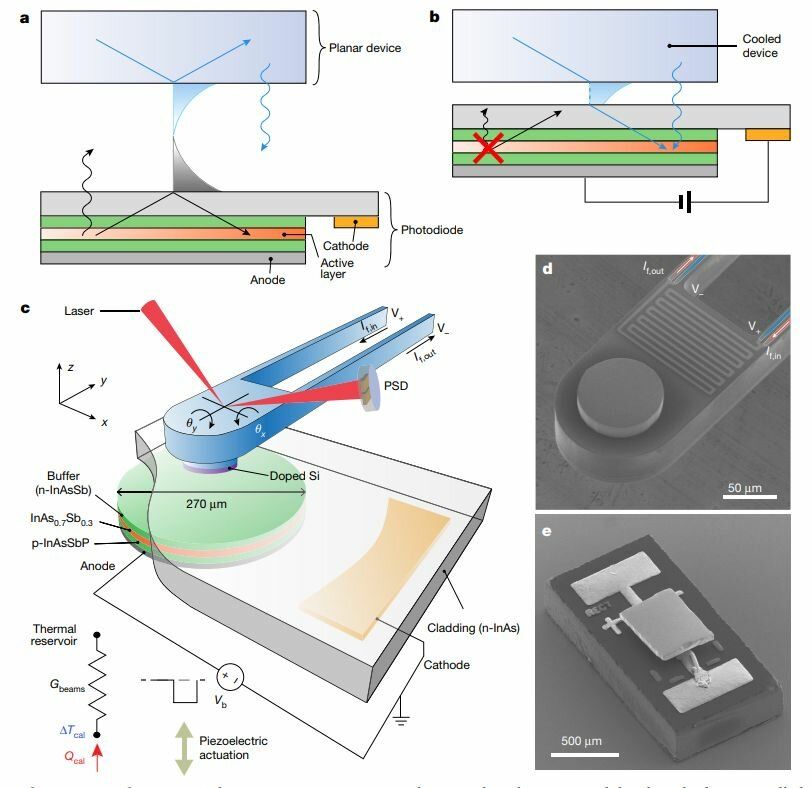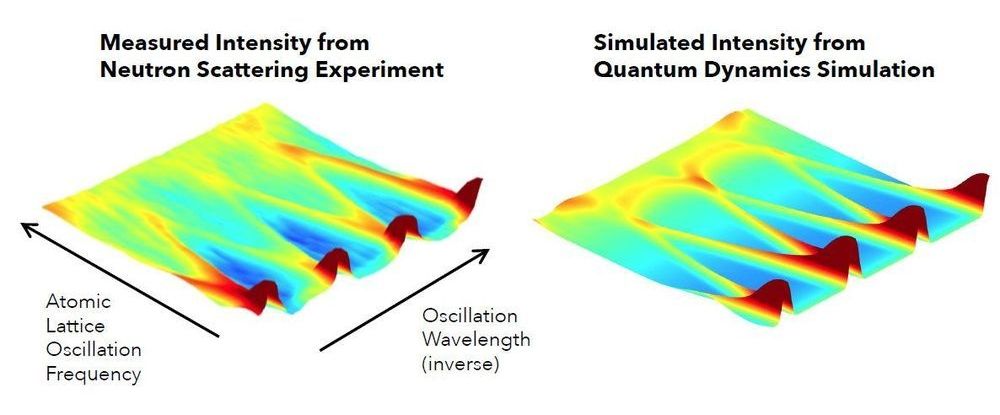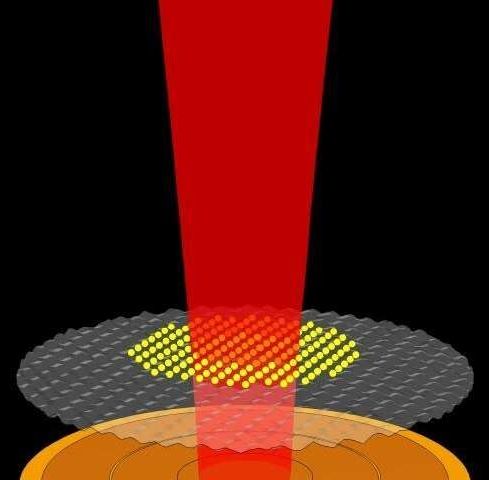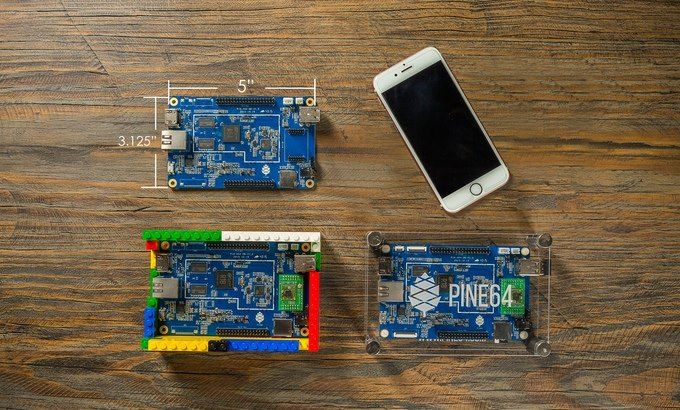Archive for the ‘computing’ category: Page 485
Feb 15, 2019
Everything will change with the advent of the laptop quantum computer (QC)
Posted by Quinn Sena in categories: computing, information science, neuroscience, quantum physics
The transition from PCs to QCs will not merely continue the doubling of computing power, in accord with Moore’s Law. It will induce a paradigm shift, both in the power of computing (at least for certain problems) and in the conceptual frameworks we use to understand computation, intelligence, neuroscience, social interactions, and sensory perception.
Today’s PCs depend, of course, on quantum mechanics for their proper operation. But their computations do not exploit two computational resources unique to quantum theory: superposition and entanglement. To call them computational resources is already a major conceptual shift. Until recently, superposition and entanglement have been regarded primarily as mathematically well-defined by psychologically incomprehensible oddities of the quantum world—fodder for interminable and apparently unfruitful philosophical debate. But they turn out to be more than idle curiosities. They are bona fide computational resources that can solve certain problems that are intractable with classical computers. The best known example is Peter Shor’s quantum algorithm which can, in principle, break encryptions that are impenetrable to classical algorithms.
The issue is the “in principle” part. Quantum theory is well established and quantum computation, although a relatively young discipline, has an impressive array of algorithms that can in principle run circles around classical algorithms on several important problems. But what about in practice? Not yet, and not by a long shot. There are formidable materials-science problems that must be solved—such as instantiating quantum bits (qubits) and quantum gates, and avoiding an unwanted noise called decoherence—before the promise of quantum computation can be fulfilled by tangible quantum computers. Many experts bet the problems can’t adequately be solved. I think this bet is premature. We will have laptop QCs, and they will transform our world.
Feb 15, 2019
‘Reverse trick’ for LEDs could keep future computers cool
Posted by Genevieve Klien in categories: computing, futurism
Running LEDs with electrodes in reverse can cool nearby devices, which could come in handy for smaller, faster computers.
Feb 14, 2019
Nonmechanical on-chip waveguide device steers mid-infrared beams
Posted by James Christian Smith in category: computing
Mechanical devices for steering optical beams such as gimbal-mounted mirrors or rotating Risley prisms are subject to fatigue and mechanical breakdown, and also suffer from large size, weight, and power (SWaP) requirements. To avoid these drawbacks, researchers from the Naval Research Laboratory (NRL; Washington, DC) have devised a voltage-controlled, nonmechanicalbeam steering device that routes mid-wavelength infrared (MWIR or mid-IR) beams in two dimensions.1 This solid-state, mid-IR optical component relies on liquid-crystal-clad optical waveguides.
A solid-state, compact on-chip device that incorporates waveguides and liquid-crystal elements can steer mid-infrared light beams without relying on mechanical components.
Feb 13, 2019
Running an LED in reverse could cool future computers
Posted by Quinn Sena in categories: computing, engineering, physics
In a finding that runs counter to a common assumption in physics, researchers at the University of Michigan ran a light emitting diode (LED) with electrodes reversed in order to cool another device mere nanometers away.
The approach could lead to new solid-state cooling technology for future microprocessors, which will have so many transistors packed into a small space that current methods can’t remove heat quickly enough.
“We have demonstrated a second method for using photons to cool devices,” said Pramod Reddy, who co-led the work with Edgar Meyhofer, both professors of mechanical engineering.
Feb 13, 2019
The atomic dynamics of rare everlasting electric fields
Posted by Quinn Sena in categories: computing, particle physics
By ricocheting neutrons off the atoms of yttrium manganite (YMnO3) heated to 3,000 degrees Fahrenheit, researchers have discovered the atomic mechanisms that give the unusual material its rare electromagnetic properties. The discovery could help scientists develop new materials with similar properties for novel computing devices and micro-actuators.
The experiment was conducted as a collaboration between Duke University and Oak Ridge National Laboratory (ORNL) and appeared online in Nature Communications on January 2, 2018.
Ferromagnetism is the scientific term for the phenomenon responsible for permanent magnets like iron. Such materials exist because their molecular structure consists of tiny magnetic patches that all point in the same direction. Each patch, or domain, is said to have a magnetic dipole moment, with a north and a south pole, which, added together, produce the magnetic fields so often seen at work on refrigerator doors.
Continue reading “The atomic dynamics of rare everlasting electric fields” »
Feb 12, 2019
Questions in quantum computing—how to move electrons with light
Posted by Genevieve Klien in categories: computing, particle physics, quantum physics
Electronics rely on the movement of negatively-charged electrons. Physicists strive to understand the forces that push these particles into motion, with the goal of harnessing their power in new technologies. Quantum computers, for instance, employ a fleet of precisely controlled electrons to take on goliath computational tasks. Recently, researchers at the Okinawa Institute of Science and Technology Graduate University (OIST) demonstrated how microwaves cut in on the movements of electrons. The findings may contribute to future quantum computing technology.
The logic operations of normal computers are based on zeros and ones, and this binary code limits the volume and type of information the machines can process. Subatomic particles can exist in more than two discrete states, so quantum computers harness electrons to crunch complex data and perform functions at whiplash speed. To keep electrons in limbo for experiments, scientists capture the particles and expose them to forces that alter their behavior.
In the new study, published December 18, 2018 in Physical Review B, OIST researchers trapped electrons in a frigid, vacuum-sealed chamber and subjected them to microwaves. The particles and light altered each other’s movement and exchanged energy, which suggests the sealed system could potentially be used to store quantum information – a microchip of the future.
Feb 11, 2019
FuturismVideos$15 Super Computer
Posted by Shailesh Prasad in categories: computing, mobile phones
Feb 11, 2019
Engineers develop room temperature, two-dimensional platform for quantum technology
Posted by Caycee Dee Neely in categories: computing, particle physics, quantum physics
Possible quantum computing at room temperature. Scientists working with hexagonal boron nitride, which allows them to work in two-dimensional arrays. Simpler than using 3D objects such as diamonds.
Researchers have now demonstrated a new hardware platform based on isolated electron spins in a two-dimensional material. The electrons are trapped by defects in sheets of hexagonal boron nitride, a one-atom-thick semiconductor material, and the researchers were able to optically detect the system’s quantum states.
Feb 8, 2019
Life on the edge in the quantum world
Posted by Shailesh Prasad in categories: alien life, computing, particle physics, quantum physics
Quantum physics sets the laws that dominate the universe at a small scale. The ability to harness quantum phenomena could lead to machines like quantum computers, which are predicted to perform certain calculations much faster than conventional computers. One major problem with building quantum processors is that the tracking and controlling quantum systems in real time is a difficult task because quantum systems are overwhelmingly fragile: Manipulating these systems carelessly introduces significant errors in the final result. New work by a team at Aalto could lead to precise quantum computers.
The researchers report controlling quantum phenomena in a custom-designed electrical circuit called a transmon. Chilling a transmon chip to within a few thousandths of a degree above absolute zero induces a quantum state, and the chip starts to behave like an artificial atom. One of the quantum features that interests researchers is that the energy of the transmon can only take specific values, called energy levels. The energy levels are like steps on a ladder: A person climbing the ladder must occupy a step, and can’t hover somewhere between two steps. Likewise, the transmon energy can only occupy the set values of the energy levels. Shining microwaves on the circuit induces the transmon to absorb the energy and climb up the rungs of the ladder.
In work published 8 February in the journal Science Advances, the group from Aalto University led by Docent Sorin Paraoanu, senior university lecturer in the Department of Applied Physics, has made the transmon jump more than one energy level in a single go. Previously, this has been possible only by very gentle and slow adjustments of the microwave signals that control the device. In the new work, an additional microwave control signal shaped in a very specific way allows a fast, precise change of the energy level. Dr. Antti Vepsäläinen, the lead author, says, “We have a saying in Finland: ‘hiljaa hyvää tulee’ (slowly does it). But we managed to show that by continuously correcting the state of the system, we can drive this process more rapidly and at high fidelity.”
